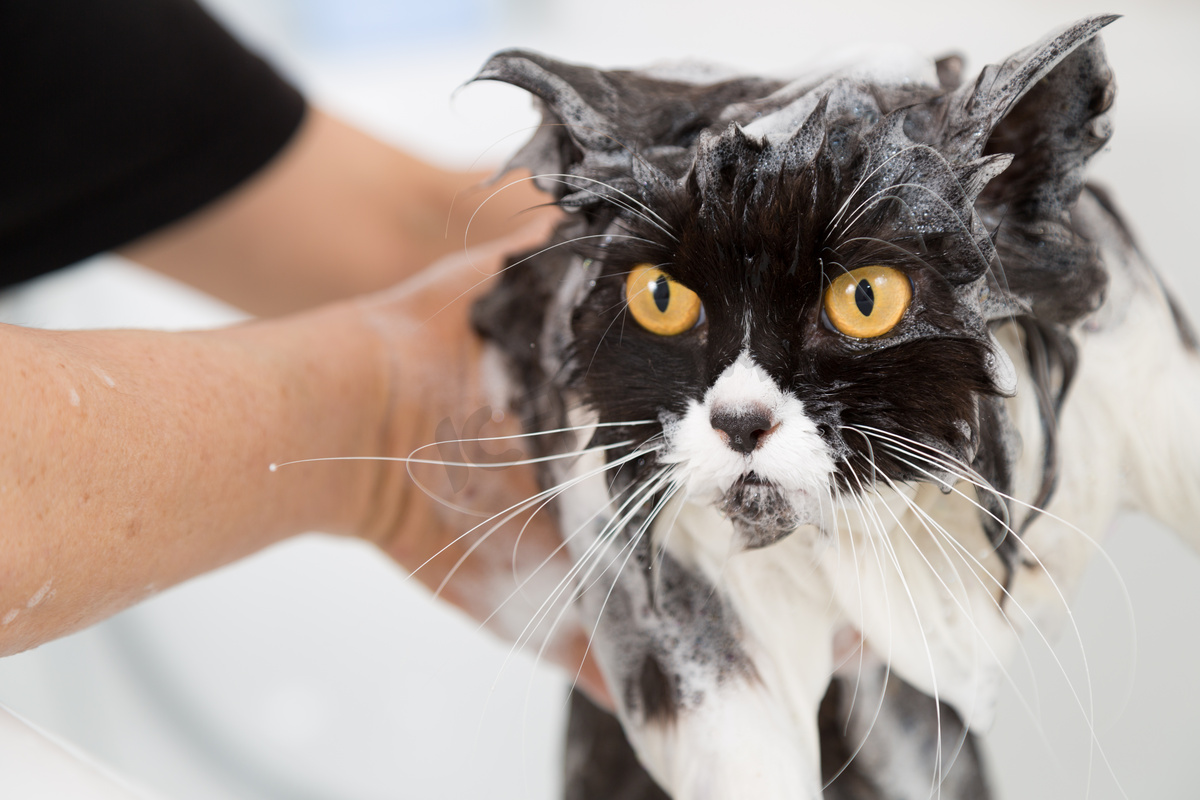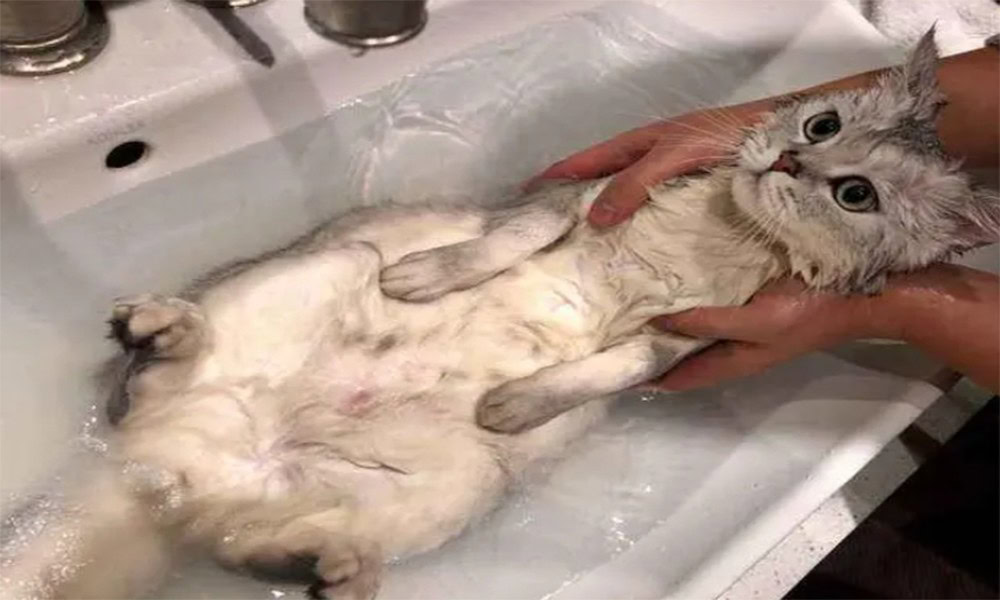Indoor Cat Bathing Guide - When It's Necessary & How to Do It Safely
Most indoor cats are superb at preserving themselves easy and typically do not want normal baths. In fact, bathing them too regularly can do greater harm than good. Here’s a easy information to help you determine out when and how to bathe your cat.
😺 When does your cat want a bath?
Cats are execs at self-grooming, so generic baths aren’t typically needed. You might consider a bathtub in these situations:
Messy accidents: If your cat gets into some thing sticky, greasy, or toxic (like paint, oil, or positive chemicals) that they should not lick off .
Skin conditions: Your vet would possibly prescribe a medicated shampoo for issues like fleas or pores and skin infections .
Difficulty self-grooming: Older cats, obese cats, or these with mobility problems might also battle to groom themselves excellent and may want occasional help .
Long-haired breeds: Cats with long hair can be greater prone to matting and may gain from occasional baths to assist hold their coat in appropriate condition, even though everyday brushing is commonly the primary precedence .
Obvious dust or odor: If your cat is visibly soiled or has a continual awful odor that self-grooming is not fixing, a bath can help .
📅 How frequently is bathing okay?
There’s no one-size-fits-all schedule. It clearly relies upon on your cat’s lifestyle, health, and coat kind .
Typical indoor cats: For most healthy indoor cats, bathing is not often needed. Some would possibly solely need a bath a few instances a year, or even less frequently . A common advice is not more than once each and every 4-6 weeks if bathing is necessary, however many indoor cats can go a great deal longer between baths .
Over-bathing risks: Washing your cat too often can strip away herbal oils from their skin and fur, leading to dryness, irritation, and a stupid coat . It’s additionally demanding for most cats .
🛁 How to bathe your cat with much less stress
Preparation and a calm method are key. Here’s a easy step-by-step process.
Gather substances first. Have the whole thing within attain earlier than you start: a cat-specific shampoo (never use human or dog shampoo, as it can irritate your cat’s pores and skin ), a non-slip mat for the sink or tub, a cup or a mild sprayer for water, and a couple of soft towels .
Create a calm environment. Choose a quiet room like a bathroom and shut the door. Fill the sink or bath with just a few inches of lukewarm water (around 38-39°C or 100-102°F is comfortable) before bringing your cat in. The sound of jogging water can be frightening .
Wet and lather gently. Slowly lower your cat into the water. Use the cup to gently pour water over their body, avoiding the head, ears, and eyes. Apply a small amount of cat shampoo and lather it up, beginning from the neck down . To smooth their face, just use a damp washcloth.
Rinse thoroughly. Rinse your cat carefully with lukewarm water till the water runs clear. Any leftover shampoo can irritate their skin .
Dry your cat completely. Wrap your cat in a towel and gently pat them dry. Keep them in a warm, draft-free room till they are definitely dry. Most cats are scared of hair dryers, so it is generally fine to avoid them or use only a cool placing on low if honestly necessary .
💡 Tips for an less difficult experience
Start young: If you can, gently get your kitten used to baths early on .
Keep it positive. Talk to your cat in a calm voice throughout the bath. Offer a treat and reward afterwards to construct a high-quality affiliation .
Never force your cat. If your cat turns into extraordinarily upset, it is better to cease and strive again later or reflect onconsideration on spot-cleaning. Forcing them will make things more difficult subsequent time .
⚠️ When you should keep away from bathing your cat
There are times when it’s first-rate now not to bathe your cat:
Kittens without full vaccinations: Very younger kittens, specially these under eight weeks or who have not finished their vaccination series, have lower immunity and can easily get chilled .
Sick or recovering cats: If your cat is ill or has just had surgery, bathing can be too worrying and lower their resistance. Wait until they are absolutely recovered .
Extremely careworn cats: If your cat is terrified of water and the experience causes severe distress, it may be better to use options like cat wipes or waterless shampoo, or are seeking for help from a professional groomer or your vet .
The most important element to take note is that for most cats, baths are an occasional necessity as a substitute than a regular routine. Observing your cat’s man or woman desires and keeping the experience as calm and quick as possible will help make bathtub time less disturbing for both of you.


